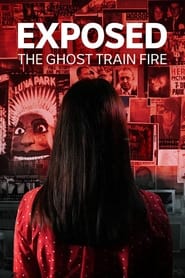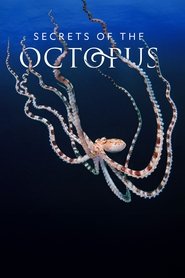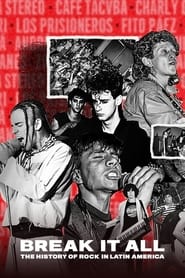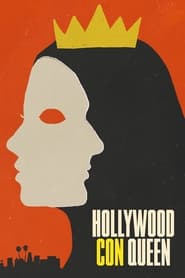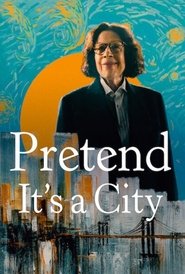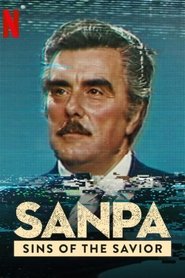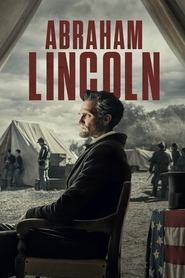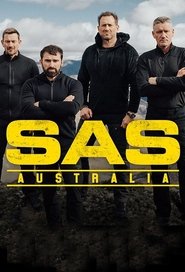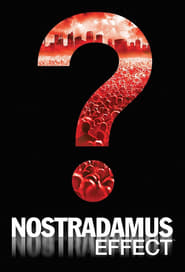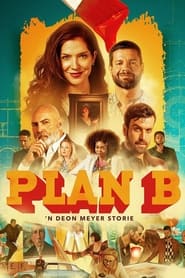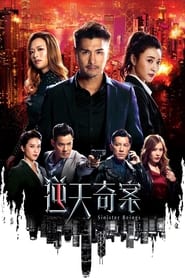
1 Akoko
3 Isele
Russia's History Revealed - Season 1 Episode 3
While St Petersburg’s cityscape has remained largely unchanged, Moscow is forever reinventing itself. This episode opens when Napoleonic troops reach Moscow in 1812. Legend has it that Muscovites themselves burn down their city, but how the fire spread is unclear to this day. After Napoleon’s downfall, Moscow is rebuilt on a bigger scale. In the 1870s, the reform-minded Tsar Alexander II instigates large-scale modernisation – and Moscow becomes the starting point of the Transsiberian railway. Two years after its completion in 1916, the Bolsheviks reinstate Moscow as the capital of Russia. It is a time of both great expectation and great suffering. To this day, Russians take pride in the massive building projects of that era – in spite of the fact that they were built at the cost of millions of forced labourers’ lives. At the height of Stalin’s Great Terror, fear rules the Moscow, and entire perfectly innocent families are deported and enslaved, or killed. After the 2nd World War, Moscow becomes the epicentre of a global Communist Empire – and fiercely competes with the US for world domination. The construction of nuclear bombs becomes a major battleground. The brilliant nuclear physicist Andrei Sakharov fights on the side of the Soviets – until a terrible accident leads him to the conclusion that neither party can win this deadly fight. Over time, Sakharov becomes the Soviet Union’s Public Enemy No. 1. Awarded with the Nobel Peace prize in 1975, his critique of the Soviet state culminates in his protest against the Russian invasion of Afghanistan, for which he is exiled to Siberia – until the advent of Glasnost and Perestroika.
- Odun: 2013
- Orilẹ-ede: Germany, Russia
- Oriṣi: Documentary
- Situdio: WDR Fernsehen
- Koko-ọrọ: miniseries, russian history
- Oludari:
- Simẹnti: Steven Charles



 "
"